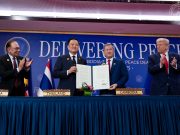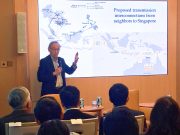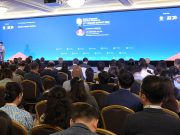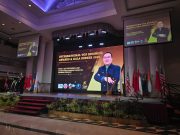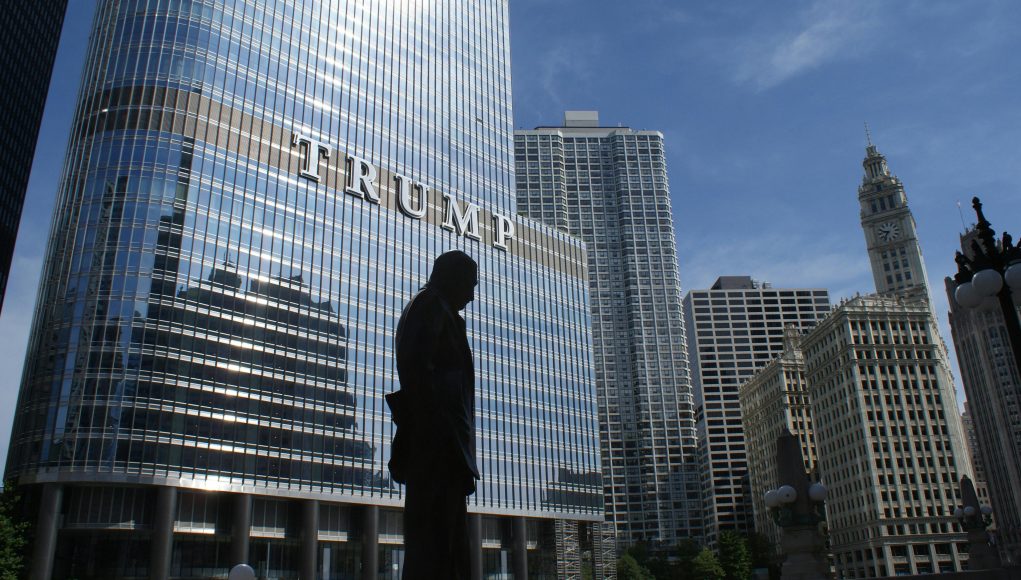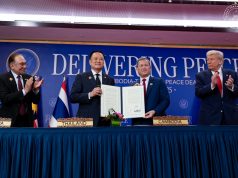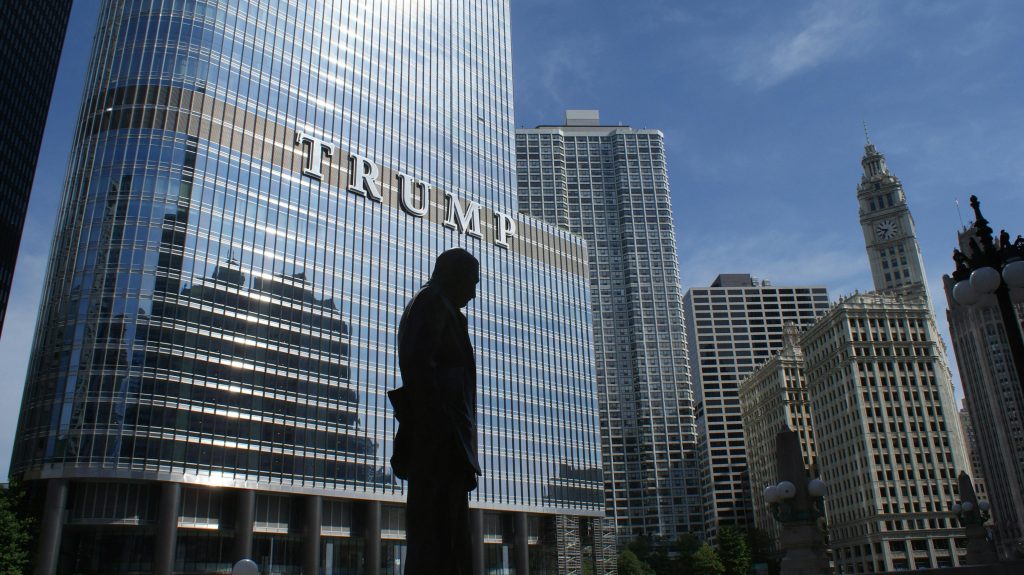
(Singapore, 15.09.2025)Facing a slowing labor market, stubborn inflation, and unprecedented pressure from the White House, the Federal Reserve is widely expected to cut interest rates this week for the first time in nine months. The move could signal a significant shift for the U.S. economy, as central bank governors navigate a complex and highly charged moment.
President Donald Trump has made his expectations clear, predicting a “big cut” ahead of the Fed’s pivotal meeting. On Sunday, he told reporters that he believes the current economic conditions are “perfect for cutting.” This public push is part of a months-long campaign by the president to influence the central bank’s policy, which has included repeated calls for Chairman Jerome Powell to lower rates and even to resign.
The president’s influence extends well beyond public remarks; he has actively sought to reshape the Fed’s leadership. Most notably, his recent attempt to fire Fed Governor Lisa Cook, a move that has been temporarily blocked by the courts, highlights his intent to align the central bank with his economic agenda.
Looking ahead, the administration is weighing several candidates to succeed Chairman Powell when his term expires in May 2026. The president has publicly named White House economic adviser Kevin Hassett, Fed Governor Christopher Waller, and former Fed Governor Kevin Warsh as top contenders. In a more immediate move, Trump has also nominated a close ally, Stephen Miran, to fill an open seat on the Board of Governors. If confirmed by the Senate, Miran could potentially participate in this week’s pivotal meeting.
Jobs Versus Inflation: The Fed’s Dilemma
The Federal Reserve’s primary goal is to manage both employment and inflation, a dual mandate that has become increasingly difficult to balance. On one hand, a string of weak economic reports has fanned worries that the labor market may be heading for a more serious slowdown. Bets on a rate cut this week were bolstered by two consecutive disappointing jobs reports, a rise in filings for unemployment benefits, and preliminary data revisions that showed far less robust employment growth in 2024 and early 2025 than initially believed. Such a slowdown could drag down consumer spending and economic growth, making a rate cut a necessary response for some officials.
On the other hand, inflation remains a stubborn problem. The Fed’s preferred inflation gauge has accelerated in recent months and is still above the central bank’s 2% target. Officials are also concerned that if tariffs on imported goods push up costs, consumer prices could rise even further. While Fed Chair Powell has acknowledged that the impact of these tariffs on prices may ultimately be short-lived, he has also warned officials to be vigilant against the opposite possibility. The situation is complicated by what Powell has called a “curious kind of balance” in the labor market. While demand for labor is softening, the supply of workers is also disappearing, in part due to the administration’s immigration crackdown. This makes it difficult to determine just how weak the underlying job market really is.
According to Vincent Reinhart, chief economist of BNY Investments, the employment data is a clear signal that the Fed needs to act. “I see weakness in the employment data that they’ve got to respond to,” he said, while cautioning that he doesn’t see a need for continuous reductions after the initial cut. “We’re not at a break-glass moment,” he added.
Divisions and Dissents Within the Fed
The conflicting economic signals have created deep divisions among Fed officials over what to do next. While an initial quarter-point rate cut is widely anticipated, there is no consensus on whether this will be the start of a broader rate-cutting cycle. Pat Harker, who served as president of the Philadelphia Fed until June, said that while a first cut typically marks the beginning of a cycle, “it’s not obvious that’s going to happen here in a robust way.”
This lack of agreement could result in an unusually high number of dissents at this week’s meeting. Some officials may favor no rate cut at all, while others could push for a larger reduction. It could mark the first Fed meeting with three dissents since 2019, or even the first with four since 1990.
The divergent viewpoints are reflected in recent public statements from officials. Fed Governors Christopher Waller and Michelle Bowman, who dissented in July when their colleagues left rates unchanged, have downplayed inflation concerns and emphasized the growing worries over the labor market. Waller, a top contender for the Fed chair, has said that officials do not need to be locked into a sequence of steps but that he favors multiple cuts in the coming months.
Meanwhile, other officials have signaled more caution. St. Louis Fed President Alberto Musalem said this month that it is important to take a “balanced approach” and not put too much weight on either supporting the labor market or fighting inflation. Atlanta Fed President Raphael Bostic believes only one cut is appropriate for 2025, and Kansas City Fed President Jeff Schmid signaled an opposition to any cuts for now, though he spoke before this month’s weak jobs report.
As Esther George, a former president of the Kansas City Fed, summarized it, the central bank’s challenge is to have a “conviction about what they’re trying to address.”
The Path Forward
Analysts and investors will be looking for clarity on Wednesday afternoon, when the Fed releases its post-meeting statement and updated economic projections. The projections will offer a look into how policymakers are taking the shifting economic landscape on board, showing their expectations for economic growth, inflation, and interest rates over the next few years. Fed Chair Jerome Powell will hold a press conference 30 minutes later, providing an opportunity for him to explain the committee’s decision and the outlook for future policy.
Some economists remain optimistic that a slowdown can be avoided. Economists at Wells Fargo wrote in a recent note that they “feel more optimistic about the outlook for economic growth,” believing that the worst of the trade shock should be over and that government tax cuts and the impact of Fed rate cuts will soon begin to benefit households and businesses.
Barclays economists have also revised their forecasts, now expecting the Fed to cut at each of its three remaining meetings in 2025, followed by two more cuts in 2026. However, they believe the Fed will not want to go faster or with deeper cuts due to the persistent inflation side of its mandate. This week’s decision is therefore seen as a key first step, but it is far from a guarantee of a smooth and easy glide path to lower borrowing costs.



